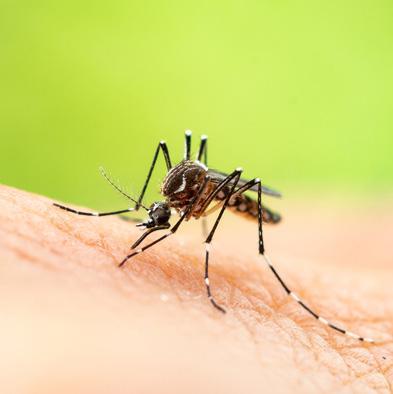
1 minute read
VACCINES
Polio, once a devastating disease, is prevented by the polio vaccine, protecting millions from paralysis. The Chickenpox vaccine shields against itchy blisters and potential complications. Smallpox, eradicated globally, owed its victory to the smallpox vaccine. Influenza vaccines combat ever-changing flu strains, reducing severity and transmission. Tetanus shots prevent lockjaw, a severe bacterial infection, while Hepatitis A and B vaccines safeguard against liver infections caused by these viruses. The Yellow fever vaccine shields against a mosquito-borne viral disease prevalent in certain regions and the MMR vaccine offers immunity against measles, mumps, and rubella. Lastly, the COVID-19 vaccines are pivotal in the fight against the ongoing pandemic, saving lives and curbing the virus’s spread.
COVID-19
Advertisement
Invented by: A collaborative effort by Pfizer-BioNTech, Moderna, Oxford-AstraZeneca and Johnson & Johnson in 2020
The development of COVID-19 vaccines was an unprecedented event, marking an accelerated global effort to stimulate the immune system to recognise and fight the virus, providing protection against COVID-19.
Sadly, despite being the fastest vaccine ever produced, this has come at a cost. Some have refused the vaccine fearing its speedy discovery could mean that there are unknown side effects. However, regulatory authorities reviewed the data and granted emergency use authorisations, allowing vaccine manufacturing and distribution to take place on an unmatched scale.
Mmr
Invented by: Maurice Hilleman
Licensed by: Merck
The MMR vaccine was invented in 1971 by Maurice Hilleman, who continued developing vaccines up until his death in 2005. A safe, effective combined vaccine, MMR protects against Measles, Mumps and Rubella, all highly-infectious conditions that can spread quickly.

Measles can lead to severe health complications, Mumps can cause swelling of the salivary glands and Rubella can lead to birth defects if pregnant women are infected. For the most effective protection, it requires two doses.

Yellow Fever
Invented by: Max Theiler
Licensed by: Rockefeller Foundation
In tropical countries, Yellow Fever is transmitted to humans by insects, causing a fever, chills, headache and muscle aches. South African-American virologist Max Theiler, of the Rockefeller Foundation, managed to transmit the virus to mice and studied it there. A weakened form of the virus was tested on apes, which made them immune. In 1938, the vaccine was successfully launched. In 1951, Theiler received the Nobel Prize in Medicine for his discovery.

Hep B

Invented by: Baruch Blumberg
Licensed by: Merck
Dr. Baruch Blumberg discovered the Hepatitis B virus in 1965, winning the Nobel Prize for his discovery. He worked with microbiologist Irving Millman to develop a blood test for the Hep B virus and then created the vaccine in 1969.
The Hep B vaccine is also the first anti-cancer vaccine, because it prevents liver cancer. Chronic Hep B and C causes 80% of all liver cancer cases worldwide, which is the second most common cause of cancer death.










